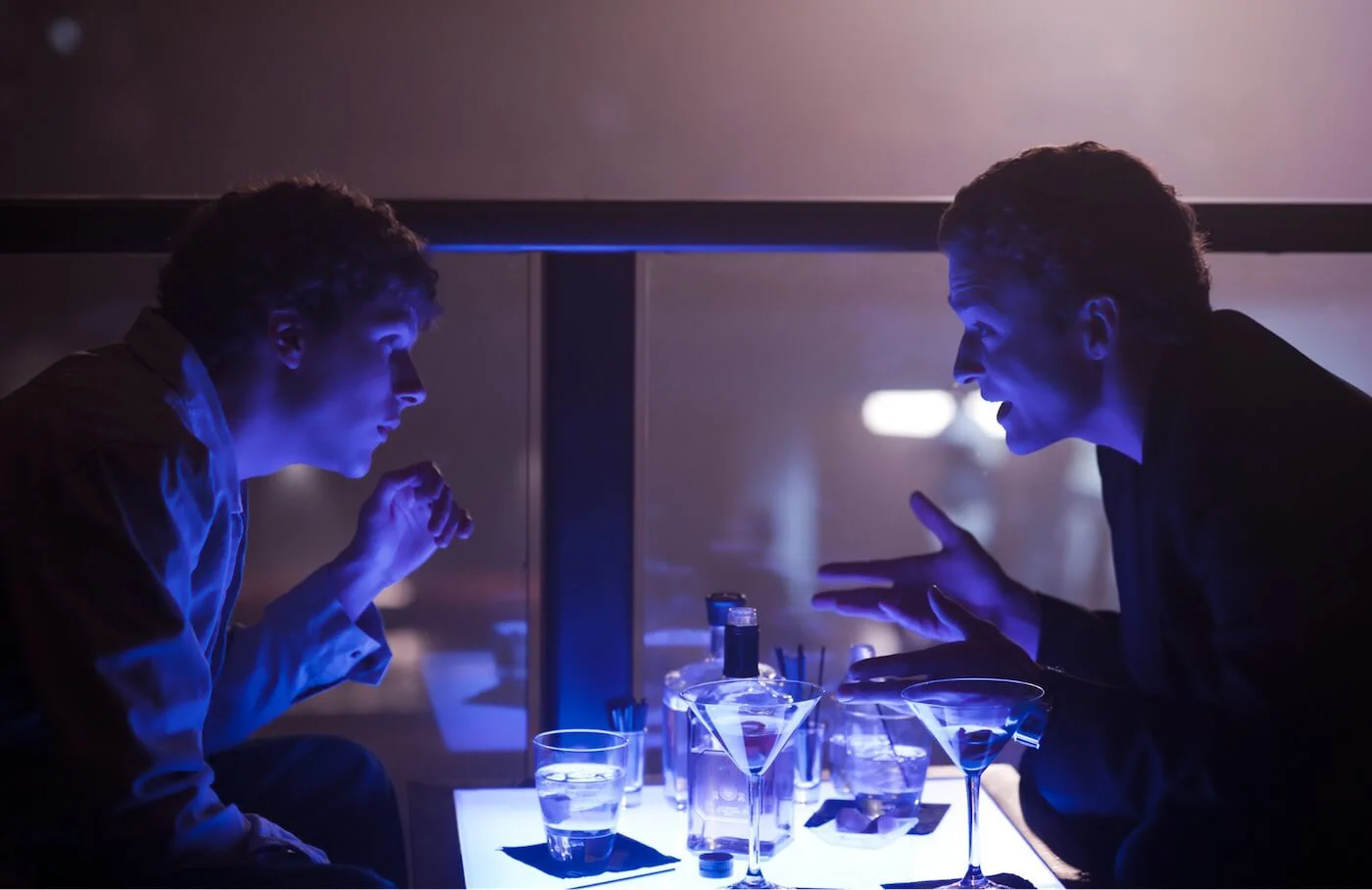CAMERA FOCUS
The
filmmaker has an extraordinary capacity to manipulate the audience's vision in
cinema and television. As people gain new knowledge, move locations, or alter
views, their points of view can vary and evolve.
There are several different kinds of camera focus to pick from, each with its own set of narrative characteristics. Filmmakers frequently attempt to draw the audience's attention to different elements of the scene. To do so, you'll need to decide on the shot's viewpoint, camera motions, and any additional equipment you'll require.
Here is a shot list with all the types of camera shot focus:
1. Depth of field (DOF)
The term
"depth of field" (DOF) refers to the extent of the region in your
photograph where objects seem sharp enough to be considered acceptable. The
region in question is termed as the field, and the depth of that field is its
size (in z-space). The point of focus is the most central point in the field.
The plane of focus is the imagined two-dimensional plane that emerges from that
point. And anything in your shot that falls squarely on this plane is in focus.
2. Rack Focus vs. Focus Pull
Another
approach to communicate with your camera pictures is to manipulate the focus.
With the exception of a few exceptions, the great majority of films you see
will maintain their topics in focus 95% of the time. While moving to various
depths inside the frame, the first assistant cameraman (or "First
AC") will draw focus to ensure that the subject stays within the allowed
focus range. The permissible focus range is purposely altered from one topic to
another in a rack focus.
Focus Pull =
Passive vs. Rack Focus = Aggressive
This isn't
to say that pulling focus is simple; in fact, maintaining focus by making micro
changes is significantly more difficult than putting up a rack focus on a
predefined point. It's only an issue of the audience noticing.
Rack focus example:
Focus pull example:3. Shallow Focus Shot (Shallow
DOF)
Your subject
is in sharp focus but the foreground and background scenery are out of focus in
shallow focus photographs. This reduces the depth of field to emphasize your
topic.
4. Deep Focus Shot
Deep focus
is a method in filmmaking in which all aspects of an image—foreground,
middleground, and background—are in crisp focus. This method aids filmmakers in
infusing information into their shots. Deep focus is used by directors in
situations with significant action in both the front and background of the
frame. Because it involves the placing of performers, props, and set pieces at
significant depth, this type of staging is referred to as "deep
space" or "deep staging" by directors. A filmmaker must be able
to capture a well-defined image in order for this shot to succeed. Such
sharpness will be possible with a deep focus photo.
5. Tilt-Shift Shot
A tilt-shift
lens simulates selective focus by rotating viewpoint within the lens. It might
cause sections of your photograph to seem crisp while others are blurry.
6. Soft focus
Soft focus
photos retain nothing in 100% crisp focus, while deep focus keeps everything in
focus and shallow focus puts something in focus. This can be produced by a
fault in the lens or by using specific filters. When recording a dream or
recollection, soft focus is ideal since it creates a melancholy and slightly
surreal tint around everything.
7. Split Diopter
A split
diopter is a lens element that permits two focal lengths to be used at the same
time. To put it another way, shallow focus may be achieved in both the
foreground and the background, but the intermediate ground remains out of
focus. Because it is "unnatural," this is a highly styled photo that
tends to draw attention to itself. Because the human eye can only see in either
deep or shallow focus at the same time, this style of camera shot should be
utilized with caution.
RESSOURCES:
· Wikipedia, the free encyclopedia
· Video, TV & Film Production Management Software | StudioBinder










No comments:
Post a Comment